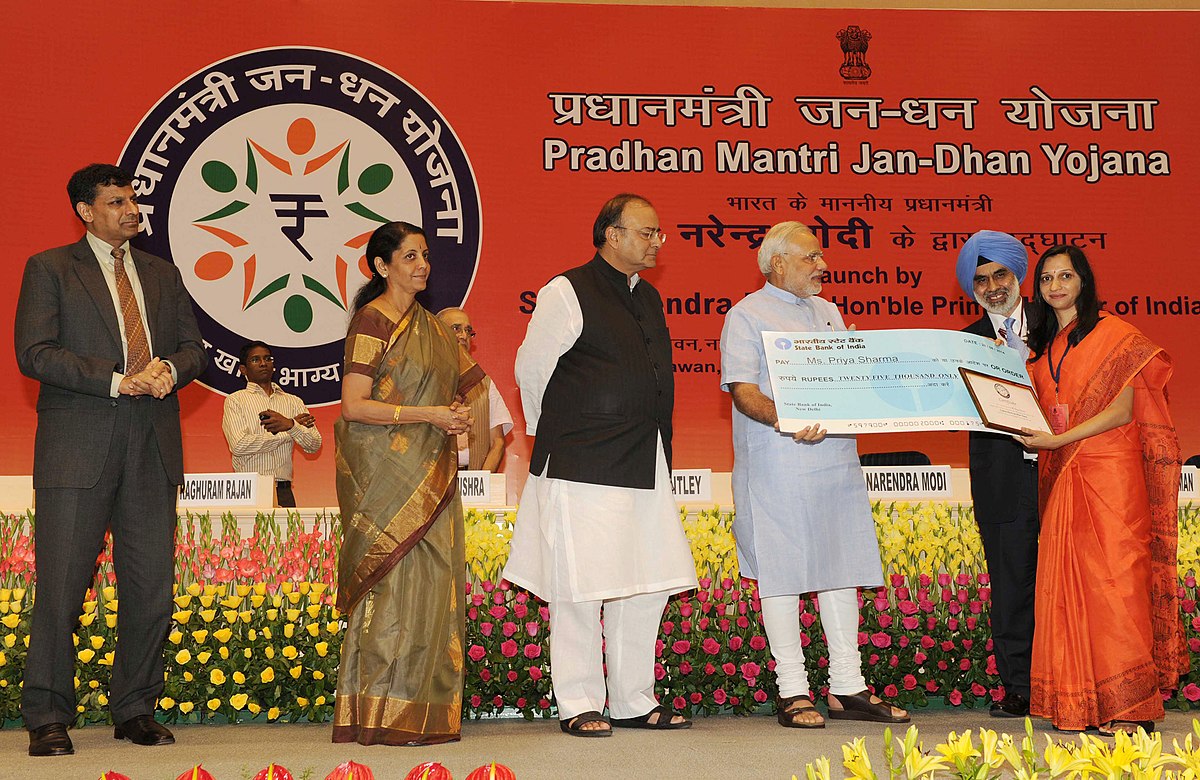
Two of the most important factors contributing to India’s growth are its technological and digital progress and skill bank. India has a very strong digital advantage when compared to the rest of the world with around 900 million of those in the working-age population having affordable internet access at $2.5/month and 650 million smartphones. This has led to a new surgence in demand for financial services, consumer goods, healthcare and education. Additionally, the unbanked population in the country has also reduced to under 20 per cent and per capita data consumption is also amongst the highest in the world. The Indian economy is also a powerhouse of technology skills with technological service exports crossing $150 billion in the last financial year. The country also continues to rise in the Global Innovation Index, primarily due to its demographic and digital dividend.
Other major factors which also continue to contribute to India’s economic growth despite an ongoing global slowdown include the country’s infrastructure, stable political climate and its banking system. In the past few years, the country has seen massive investments in ports, airports, railways and highways, which has created a world-class transportation network and enabled the ease of doing business by creating an integrated ecosystem for manufacturing, logistics and exports. Indian economic policy in the past few years has focused on promoting the ease of doing business. With inititatives such as the digitization of the Goods & Services Tax (GST) and the Jan Dhan Yojana, the government has made compliance work easier, promoting new business opportunities. India also continues to be a dominant player in the world’s food basket as it is the largest producer of milk, pulses, and spices, and second largest in fruits, vegetables, tea, farmed fish, cotton, sugarcane, wheat, and rice which supports 17.8 per cent of the world’s population. These factors have a cumulative impact, making the Indian economy resilient to sudden shocks and stablizing its economic growth in the global economy.
Overall, the Indian economy has exhibited robust resilience in the previous fiscal, emerging among the fastest-growing economies among major nations. However, the Reserved Bank of India in its annual report released in June, 2023, said that weakening consumption in the second half of the 2022-23 financial year, compounded by a reduction in rural demand and increasing inflation and cost pressures will continue to slowdown the economy and the rate of economic growth.